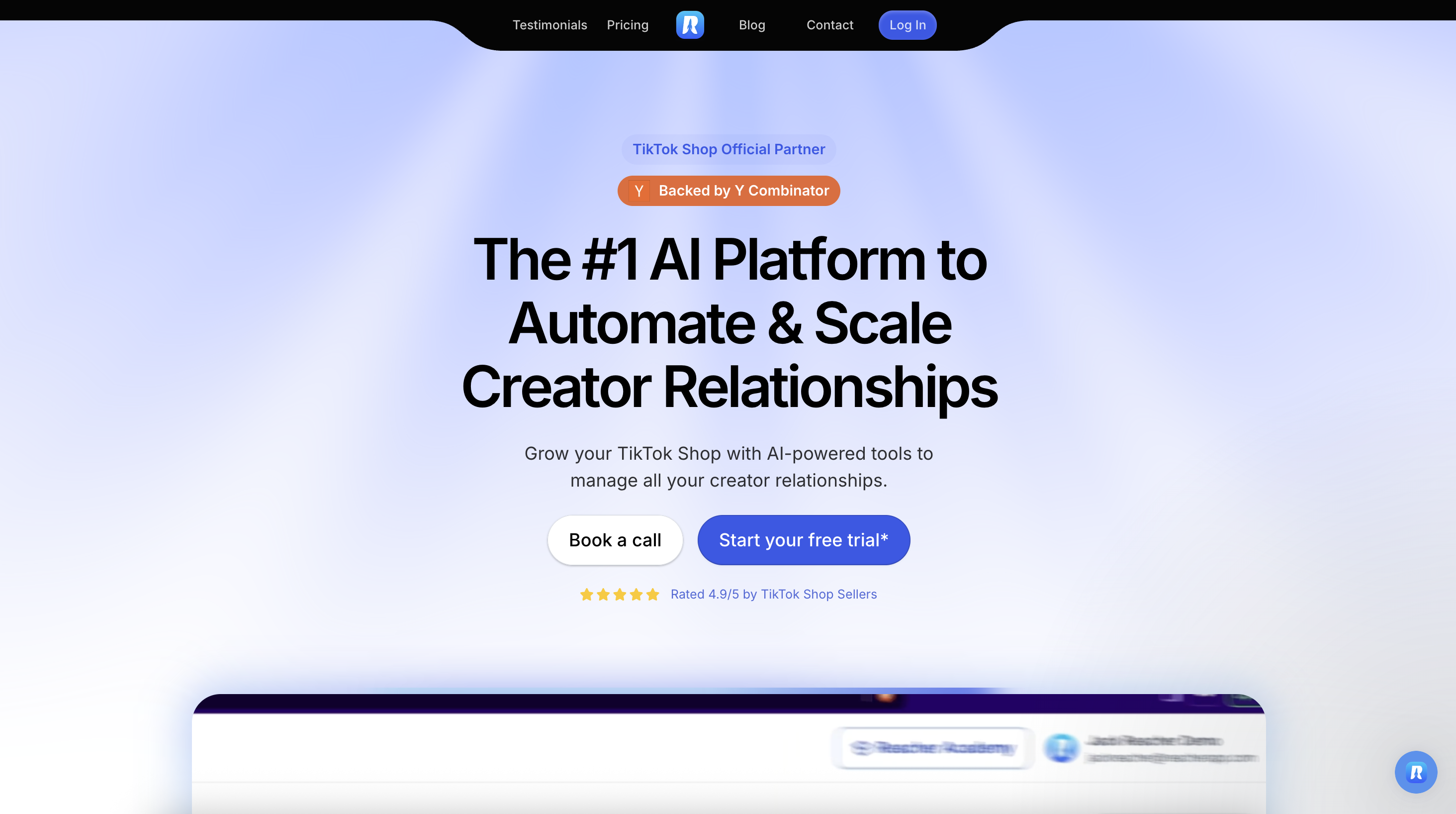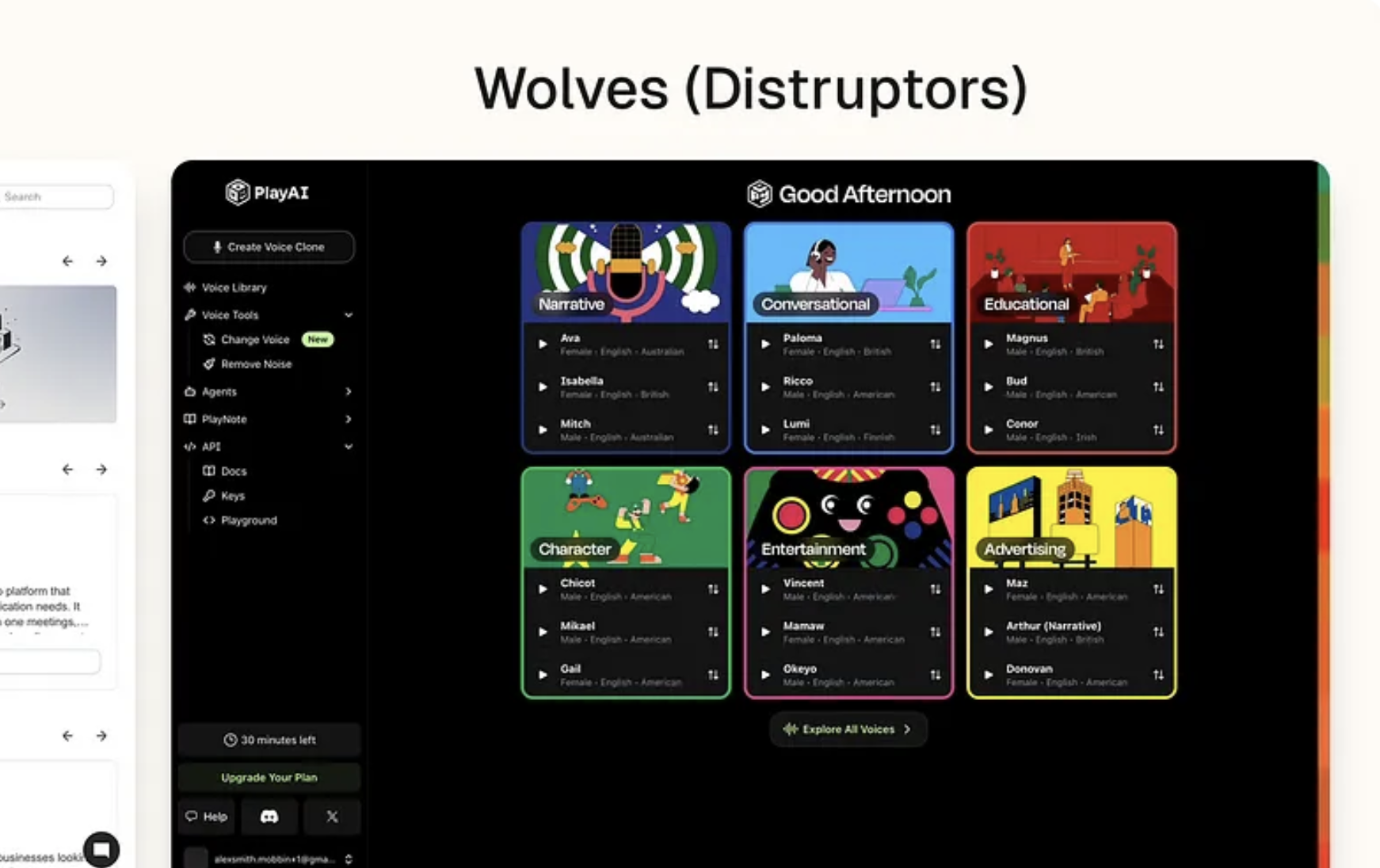Let's be real: most product development processes are a mess. Designers guessing what founders want. Engineers building features nobody asked for. Weeks of work scrapped because "that's not what I meant."
Sound familiar? We thought so.
This chaos isn't just frustrating—it's expensive. Each misalignment burns time, money, and team morale. But here's the thing: it's completely avoidable with one simple tool.
What exactly is a PRD?
A Product Requirements Document (PRD) is the foundation for building products that actually solve problems. It's not just another document—it's the difference between building something people want and building something nobody needs.
In its simplest form, a PRD answers three critical questions:
- What are we building?
- Why are we building it?
- How will we know it's successful?
But a truly great PRD—what we call a Zero-to-One PRD—goes deeper. It captures the essence of your breakthrough idea and translates it into something designers and engineers can actually build.
Why most PRDs fail
Here's the problem: most PRDs are either:
Too vague: "We need an intuitive dashboard that delights users"(What does that even mean?)
Too prescriptive: "Add a blue button 300px wide in the top right corner"(This limits creative solutions)
Too unfocused: "Here are 57 features we might want someday"(Impossible to prioritize)
The best PRDs find the sweet spot—clear enough to align everyone, open enough to allow expertise to shine.
The Zero-to-One difference
Peter Thiel's concept of "Zero to One" is about creating something fundamentally new rather than incrementally improving what exists. Our PRD template applies this thinking to product documentation.
A Zero-to-One PRD focuses on:
- The core breakthrough insight — What counterintuitive truth have you discovered?
- The primary user journey — What's the critical path that delivers maximum value?
- The single metric that matters — What tells you unequivocally that you're succeeding?
Instead of documenting every possible feature, it forces you to distill your product down to its essence—the thing that makes it 10x better than alternatives.
Signs you desperately need a proper PRD
You might need a Zero-to-One PRD if:
- Your team keeps building features that miss the mark
- Designers create beautiful interfaces that don't solve the core problem
- Engineers repeatedly ask "why are we doing this?"
- Your roadmap changes weekly based on whoever spoke loudest in the last meeting
- You've launched products that users simply don't care about
The massive ROI of getting this right
The cost of a misaligned product strategy isn't just the wasted development time—it's the opportunity cost of what your team could have built instead.
A great PRD pays for itself many times over by:
- Reducing design iterations from 5+ rounds to 1-2
- Aligning engineering efforts with actual user needs
- Creating a reference point everyone can return to when scope creep inevitably happens
- Making onboarding new team members dramatically faster
- Providing clear criteria for making tough prioritization decisions
Introducing: The Zero-to-One PRD Template
Stop guessing what your team should build next. Use our battle-tested template to create clarity and alignment from day one.
1. Problem Statement
What specific problem does this solve?
Be ruthlessly specific. One clear problem is better than three vague ones.
Who experiences this problem most acutely?
Identify your high-intent users, not just casual users.
Why hasn't this been solved well before?
Understanding this helps avoid repeating others' mistakes.
2. Unique Value Proposition
What makes this solution 10x better than existing alternatives?
Small improvements don't change user behavior. Think breakthrough.
How does this align with Thiel's "Zero to One" principle?
Are you creating something new or copying something existing?
Which counterintuitive truth about the market are you acting on?
What do you believe that others don't? This is your edge.
3. Core User Flows
What are the 1-3 primary user journeys?
Focus on critical paths, not edge cases. Be step-by-step specific.
Which single flow delivers the most value?
If you could only build one path, what would it be?
What's the "wow moment" that demonstrates the value?
Identify the exact moment when users "get it."
4. Success Metrics
What single metric matters most?
Find "the only essential." What tells you if you're winning?
How will we measure user delight?
Beyond utilitarian metrics, what shows users love the experience?
What signals indicate we've built something people want?
Unprompted sharing? Repeated use? Willingness to pay?
5. Design Principles & Constraints
What are the non-negotiable brand elements?
Colors, typography, voice & tone that must be maintained.
What technical constraints must be respected?
Platform limitations, performance considerations, tech stack requirements.
What accessibility requirements must be met?
WCAG compliance level, specific accommodations needed.
6. Anti-Requirements
What are we explicitly NOT building?
Clear boundaries prevent scope creep.
What "nice-to-haves" are we deferring?
Features that may come later but aren't essential now.
What common industry patterns are we intentionally breaking?
Industry conventions you're deliberately ignoring, and why.
7. Visual References
Examples of interfaces that capture the right feeling:
Include screenshots, links, or detailed descriptions.
Mood board for design direction:
Colors, typography, imagery that convey the right emotional tone.
Anti-examples (what to avoid):
Show examples of what NOT to do to clarify your direction.
Don't wing it. Win it.
The most successful companies in the world aren't just lucky—they're deliberate. They don't let product development happen by accident. They know exactly what problem they're solving, why it matters, and how they'll measure success.
Your next breakthrough product deserves that same clarity of thought.
Whether you're a founder with a vision, a product manager herding cats, or a designer trying to create something truly useful—a Zero-to-One PRD is your secret weapon for turning chaos into clarity.
Get all the benefits of a seasoned product & UX design team without the cost of hiring one. Let us handle the design - we want to show them the best in you.











